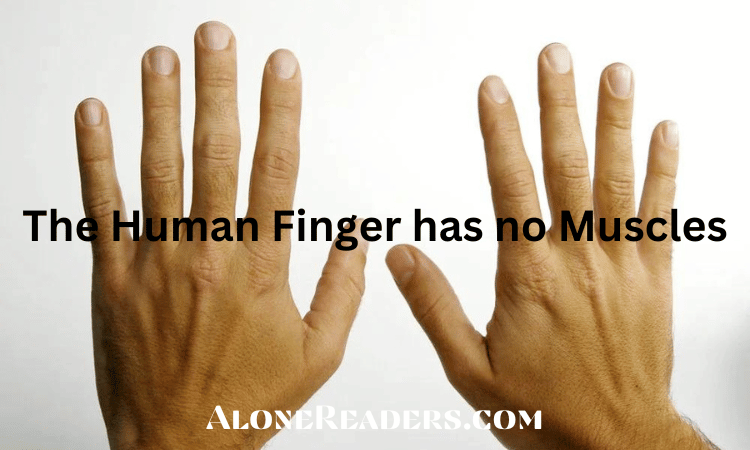
With 27 distinct bones, our hands serve as the body's multifunctional tools. About half of those bones are located in human fingers, which are our tactile appendages that will flex and bend about 25 million times during the course of our lifetimes. Thousands of nerve endings and touch receptors on our fingertips enable us to execute daily tasks because they can detect pressure, texture, temperature, movement, and more. However, our hardworking fingers lack one thing: muscles.
Our bodies can move because of our muscles and the human body is made up of more than 600 of them. These muscles are responsible for helping us in almost all of our movements.
So how, in the absence of muscle, do fingers perform complex tasks?
It turns out that the muscles in our forearms and the tops and palms of our hands are responsible for controlling human fingers. Extrinsic muscles in the forearm and elbow control how the wrist and hand movement, whereas small intrinsic muscles in the hand enable the fingers to conduct fine motor motions. Tendons, which are fibrous, cord-like connective tissues, connect the finger bones (also known as phalanges) to the attached muscles, allowing fingers to move through their range of motion when the muscles contract. Our hands' ability to touch, grip, and hold objects depends on the ability of the flexor and extensor tendons in the palm to bend the fingers and the extensor tendons on the top of the hand to straighten the fingers back out.